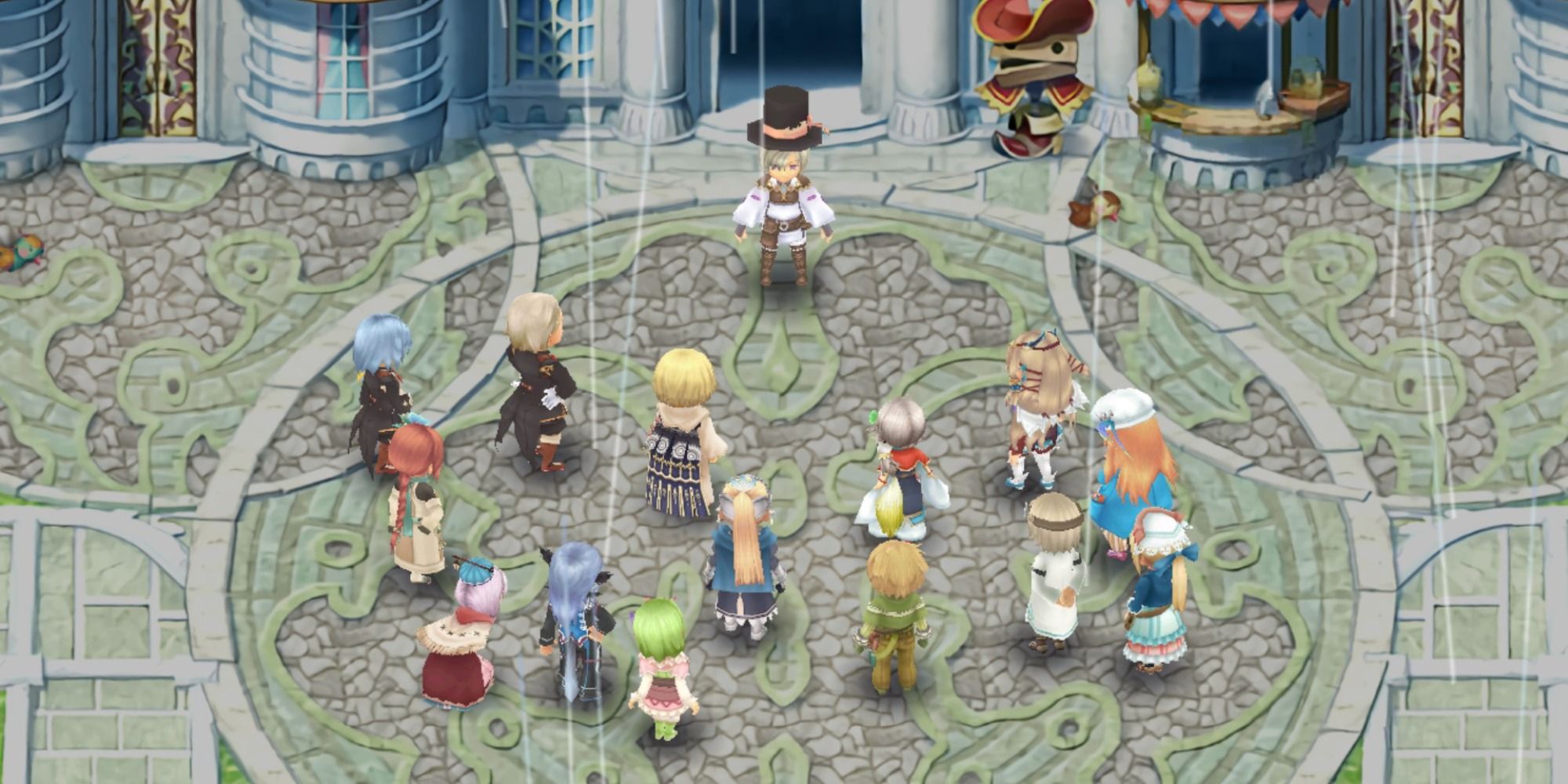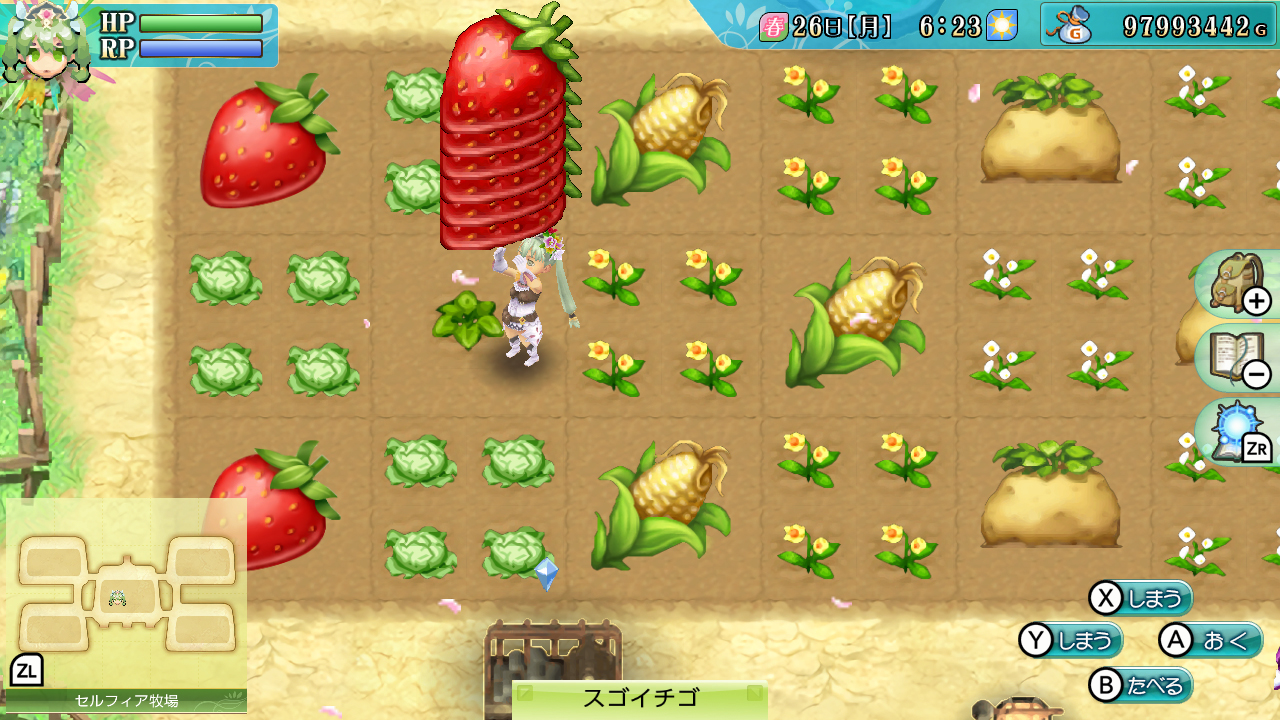

Similarly to Rune Factory 2, this entry is separated into several acts, and introduces a third main story arc.
Rune Factory 4 is the fourth game in the main series, released in Japan on Jfor the Nintendo 3DS. The game was released in North America on November 9, 2010, and in Europe and Australia on September 30, 2011. His goal is to revive the strange Sharance Tree and prevent the surrounding land from decaying, while also attempting to rebuild trust between the Univir and humans. The protagonist, Micah, discovers that he is half-monster and decides to keep his true nature a secret from the other villagers. The game presents the central theme of the delicate balance of nature, and introduces the conflict between humans and the Univir races. Rune Factory 3 is the third entry in the main series, released in Japan on Octofor the Nintendo DS. Rune Factory 2 was released in North America on November 18, 2008, in Europe on October 8, 2010, and in Australia on November 18, 2010. The story is split into two parts: the first half of the game follows Kyle, a mysterious man with a connection to the legendary dragon Fiersome, while the second half of the game features Kyle's child searching for their father after he disappears. Set several years after the first game ends, this installment is set in the coastal city of Alvarna.  Rune Factory 2 is the second game in the series, released in Japan on Janufor the Nintendo DS. The game was later released in North America on August 14, 2007, in Europe on February 13, 2009, and in Australia on March 12, 2009. Set in the small mountain town of Kardia, the story follows Raguna, an amnesiac who finds a new purpose after he agrees to work on a farm owned by a young woman named Mist. It introduced players to the nations, races, and lore of the series. It was originally released as a spin-off title of the Story of Seasons franchise for its tenth anniversary. Rune Factory: A Fantasy Harvest Moon is the first game in the series, released in Japan on Augfor the Nintendo DS. As of 2021, there are five numbered main entries to the franchise, as well as one enhanced port and two spin-offs, including a direct sequel to the first game. Despite the loose connections between each entry, they each feature their own cast of characters, setting, and story, so the numbers mostly refer to episodes rather than to sequels. Rune Factory spans seven different games set in the same shared universe. The games in the franchise have seen both critical and commercial success, with Xseed Games, the North American publisher of the series, declaring it as their best performing franchise in 2020.
Rune Factory 2 is the second game in the series, released in Japan on Janufor the Nintendo DS. The game was later released in North America on August 14, 2007, in Europe on February 13, 2009, and in Australia on March 12, 2009. Set in the small mountain town of Kardia, the story follows Raguna, an amnesiac who finds a new purpose after he agrees to work on a farm owned by a young woman named Mist. It introduced players to the nations, races, and lore of the series. It was originally released as a spin-off title of the Story of Seasons franchise for its tenth anniversary. Rune Factory: A Fantasy Harvest Moon is the first game in the series, released in Japan on Augfor the Nintendo DS. As of 2021, there are five numbered main entries to the franchise, as well as one enhanced port and two spin-offs, including a direct sequel to the first game. Despite the loose connections between each entry, they each feature their own cast of characters, setting, and story, so the numbers mostly refer to episodes rather than to sequels. Rune Factory spans seven different games set in the same shared universe. The games in the franchise have seen both critical and commercial success, with Xseed Games, the North American publisher of the series, declaring it as their best performing franchise in 2020. #RUNE FACTORY 4 SERIES#
The title of the series refers to the recurring game mechanic of "rune points" and runes that can be earned by completing a variety of tasks, such as growing crops, crafting items and leveling up skills. The basic premise of most Rune Factory games is to play as a hero who has lost their memory, but must save the land from peril at the hands of an evil enemy, while uncovering their memories.

Rune Factory retains the farming and social simulation portions of the Story of Seasons games, but integrates it into a fantasy setting and introduces dungeon crawling elements into the core gameplay. With the first game published in 2006, the property consists of five main-series games, two spin-off titles and numerous manga adaptations. The Story of Seasons references were subsequently dropped starting with the second installment, in order to become its own series. The series began as a spin-off to Marvelous' flagship franchise Story of Seasons (formerly Harvest Moon). The games are developed by Hashimoto's studio Hakama, taking over from Neverland after they ceased operations in 2013. Rune Factory is a franchise of fantasy role-playing simulation games created by Yoshifumi Hashimoto, and primarily published by Marvelous.







 0 kommentar(er)
0 kommentar(er)
